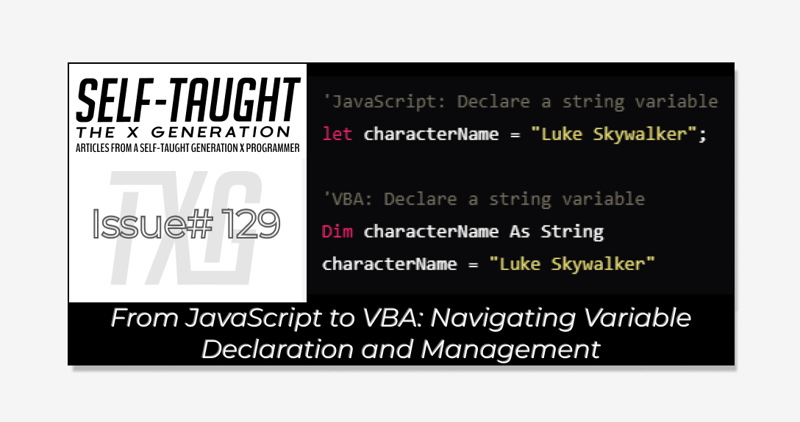How to Get Started with Scikit-Learn: A Beginner-Friendly Guide to Machine Learning in Python
Co-authored with @marverickdev Do you want to get started with machine learning, but you do not know where to start? Do you want to take advantage of the data manipulation capabilities of Python and make your own ML model locally? Well, there is a Python library designed to do just that, which is being used by startups and companies alike, and the name is Scikit-Learn! What is Scikit-Learn, exactly? Scikit-learn, also known as sklearn, is the primary machine learning library for Python that provides fundamental tools for both beginners and experienced developers to use for AI model training, data analysis, deep learning, and statistical modeling. It includes essential modules for classification, regression, clustering, dimensionality reduction, model selection and preprocessing. It has tools for model selection, including cross-validation methods like KFold and cross_val_score, hyperparameter search techniques such as GridSearchCV and RandomizedSearchCV, and utilizes for scoring, validation curves, and data splitting. As is the case with most Python libraries, it is open-source and free-to-use, making it easily accessible by anyone willing to learn machine learning, and it is built upon other open-source libraries within Python, like SciPy for advanced scientific operations, NumPy for efficient numerical computations, Matplotlib for data visualization, and Cython for increased efficiency and speed, similar to that of C/C++. Why Use Scikit-Learn? Without libraries like scikit-learn, diving into machine learning would feel a lot like trying to bake a cake from scratch without a recipe — messy, time-consuming, and probably a little burnt. Scikit-learn hands you a ready-made toolkit packed with reliable, beginner-friendly tools for everything from classification and regression to clustering and dimensionality reduction. It’s well-documented and super popular in both classrooms and companies, like Spotify, AWS, J.P Morgan, and Evernote, meaning there’s always someone who’s faced the same problem you’re tackling. And because it’s actively maintained, you’re not stuck using outdated methods — you get access to the latest techniques without the hassle. From a developer’s point of view, scikit-learn is like having a set of interchangeable LEGO bricks. Its consistent, clean interface means you don’t have to memorize a million different function names for different algorithms. Whether you’re using a decision tree or a support vector machine, you’ll be calling familiar functions like fit(), predict(), and score(). This makes experimenting way smoother, leaving developers free to focus on building smarter models, rather than wrestling with complicated code. Plus, its active community means plenty of tutorials, updates, and fixes are always within reach. Scikit-Learn vs. TensorFlow vs. Pytorch Scikit-Learn, TensorFlow, and PyTorch are three of the most widely used libraries in machine learning and deep learning, each serving different purposes and catering to distinct workflows. Scikit-Learn is the go-to library for classical machine learning tasks, offering a simple and consistent API for algorithms like linear regression, support vector machines (SVMs), and random forests. It excels in handling small-to-medium-sized structured datasets (e.g., CSV files) and is built on NumPy and SciPy, making it efficient for CPU-based computations. However, it lacks native GPU support and is not designed for deep learning—though it does include a basic multi-layer perceptron (MLP) for simple neural networks. Scikit-Learn is ideal for tasks like customer segmentation, fraud detection, and traditional predictive modeling where deep learning is unnecessary. TensorFlow, developed by Google, is a powerful framework for deep learning, particularly suited for large-scale neural network training and deployment. Its high-level Keras API simplifies model building, while its low-level operations allow for fine-grained control. TensorFlow supports distributed training, making it a strong choice for production environments, and it integrates well with mobile (LiteRT) and web deployment (TensorFlow.js). It is widely used in industry for applications like image recognition, natural language processing (NLP), and recommender systems. While it has a steeper learning curve than Scikit-Learn, its robustness and scalability make it a favorite for production-grade deep learning. PyTorch, developed by Meta (Facebook), is the preferred framework for research and rapid prototyping in deep learning. Its dynamic computation graph (eager execution) allows for more intuitive debugging and flexibility, making it popular in academia and cutting-edge research. PyTorch’s Pythonic design and strong GPU acceleration (via CUDA) enable quick experimentation with novel architectures like transformers, generative adversarial networks (GANs), and reinforcement learning models. While historically lagging behind TensorFlow in deplo
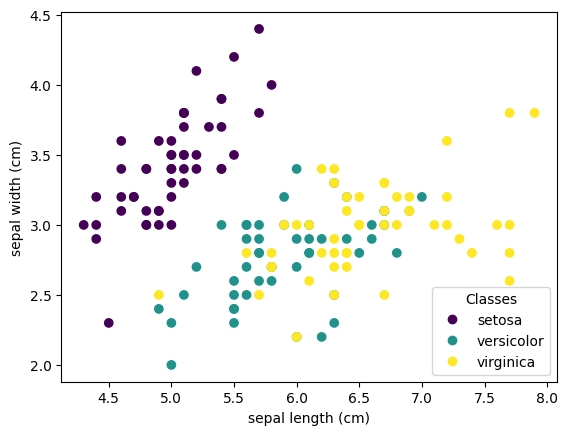
Co-authored with @marverickdev
Do you want to get started with machine learning, but you do not know where to start? Do you want to take advantage of the data manipulation capabilities of Python and make your own ML model locally? Well, there is a Python library designed to do just that, which is being used by startups and companies alike, and the name is Scikit-Learn!
What is Scikit-Learn, exactly?
Scikit-learn, also known as sklearn, is the primary machine learning library for Python that provides fundamental tools for both beginners and experienced developers to use for AI model training, data analysis, deep learning, and statistical modeling. It includes essential modules for classification, regression, clustering, dimensionality reduction, model selection and preprocessing. It has tools for model selection, including cross-validation methods like KFold and cross_val_score, hyperparameter search techniques such as GridSearchCV and RandomizedSearchCV, and utilizes for scoring, validation curves, and data splitting.
As is the case with most Python libraries, it is open-source and free-to-use, making it easily accessible by anyone willing to learn machine learning, and it is built upon other open-source libraries within Python, like SciPy for advanced scientific operations, NumPy for efficient numerical computations, Matplotlib for data visualization, and Cython for increased efficiency and speed, similar to that of C/C++.
Why Use Scikit-Learn?
Without libraries like scikit-learn, diving into machine learning would feel a lot like trying to bake a cake from scratch without a recipe — messy, time-consuming, and probably a little burnt. Scikit-learn hands you a ready-made toolkit packed with reliable, beginner-friendly tools for everything from classification and regression to clustering and dimensionality reduction. It’s well-documented and super popular in both classrooms and companies, like Spotify, AWS, J.P Morgan, and Evernote, meaning there’s always someone who’s faced the same problem you’re tackling. And because it’s actively maintained, you’re not stuck using outdated methods — you get access to the latest techniques without the hassle.
From a developer’s point of view, scikit-learn is like having a set of interchangeable LEGO bricks. Its consistent, clean interface means you don’t have to memorize a million different function names for different algorithms. Whether you’re using a decision tree or a support vector machine, you’ll be calling familiar functions like fit(), predict(), and score(). This makes experimenting way smoother, leaving developers free to focus on building smarter models, rather than wrestling with complicated code. Plus, its active community means plenty of tutorials, updates, and fixes are always within reach.
Scikit-Learn vs. TensorFlow vs. Pytorch
Scikit-Learn, TensorFlow, and PyTorch are three of the most widely used libraries in machine learning and deep learning, each serving different purposes and catering to distinct workflows.
Scikit-Learn is the go-to library for classical machine learning tasks, offering a simple and consistent API for algorithms like linear regression, support vector machines (SVMs), and random forests. It excels in handling small-to-medium-sized structured datasets (e.g., CSV files) and is built on NumPy and SciPy, making it efficient for CPU-based computations. However, it lacks native GPU support and is not designed for deep learning—though it does include a basic multi-layer perceptron (MLP) for simple neural networks. Scikit-Learn is ideal for tasks like customer segmentation, fraud detection, and traditional predictive modeling where deep learning is unnecessary.
TensorFlow, developed by Google, is a powerful framework for deep learning, particularly suited for large-scale neural network training and deployment. Its high-level Keras API simplifies model building, while its low-level operations allow for fine-grained control. TensorFlow supports distributed training, making it a strong choice for production environments, and it integrates well with mobile (LiteRT) and web deployment (TensorFlow.js). It is widely used in industry for applications like image recognition, natural language processing (NLP), and recommender systems. While it has a steeper learning curve than Scikit-Learn, its robustness and scalability make it a favorite for production-grade deep learning.
PyTorch, developed by Meta (Facebook), is the preferred framework for research and rapid prototyping in deep learning. Its dynamic computation graph (eager execution) allows for more intuitive debugging and flexibility, making it popular in academia and cutting-edge research. PyTorch’s Pythonic design and strong GPU acceleration (via CUDA) enable quick experimentation with novel architectures like transformers, generative adversarial networks (GANs), and reinforcement learning models. While historically lagging behind TensorFlow in deployment tools, PyTorch has improved significantly with TorchScript and ONNX support, narrowing the gap. Researchers and startups often favor PyTorch for its ease of use and dynamic nature.
Choosing the Right Tool
- Use Scikit-Learn for classical ML tasks where deep learning is overkill.
- Use TensorFlow for scalable deep learning in production, especially when deployment is a priority.
- Use PyTorch for research, experimentation, and when flexibility in model design is crucial.
Getting Started with Scikit-Learn
Creating a Virtual Environment (Optional)
Before we can go ahead with the installation, it is recommended to create a virtual environment for Python so that the installation is isolated to the project. To do so, type this command in your preferred IDE’s terminal (We will be using VS Code for this guide):
python -m venv .venv
Keep in mind that this is optional when you are to get started in Python and Scikit-Learn, but this is a precaution to prevent any unexpected errors in your other Python projects.
Installation
To install Scikit-Learn into your project, enter this command in the terminal:
python -m pip install scikit-learn
when you are using VS Code, this would ensure that the packages install in the selected Python environment.
Importing Scikit-Learn Modules
You can import different parts of Scikit-Learn depending on what you need.
Here’s an example:
from sklearn.datasets import load_iris
from sklearn.model_selection import train_test_split
from sklearn.linear_model import LogisticRegression
from sklearn.metrics import accuracy_score
Basic Workflow in Scikit-Learn










































































































































































![[The AI Show Episode 144]: ChatGPT’s New Memory, Shopify CEO’s Leaked “AI First” Memo, Google Cloud Next Releases, o3 and o4-mini Coming Soon & Llama 4’s Rocky Launch](https://www.marketingaiinstitute.com/hubfs/ep%20144%20cover.png)















































































































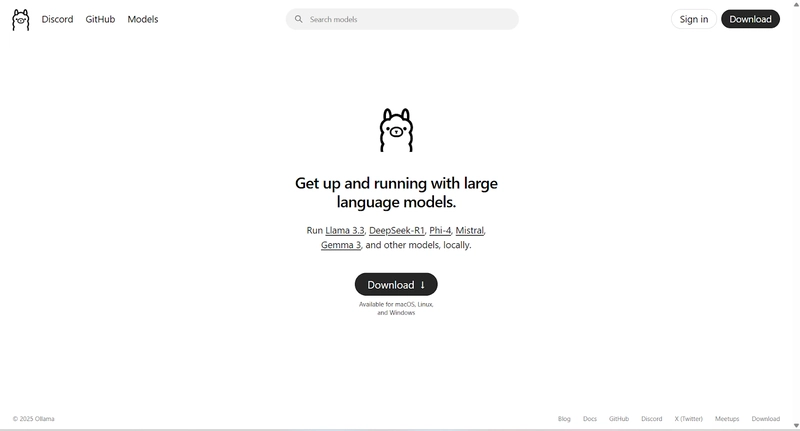

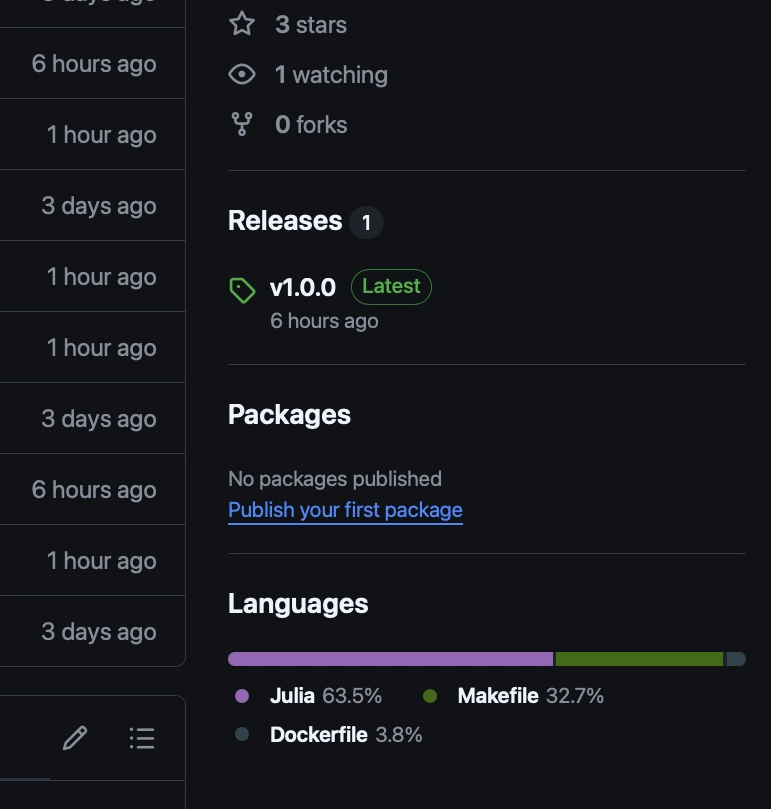













![[DEALS] Sterling Stock Picker: Lifetime Subscription (85% off) & Other Deals Up To 98% Off – Offers End Soon!](https://www.javacodegeeks.com/wp-content/uploads/2012/12/jcg-logo.jpg)















































































































































_NicoElNino_Alamy.png?width=1280&auto=webp&quality=80&disable=upscale#)

_Olekcii_Mach_Alamy.jpg?width=1280&auto=webp&quality=80&disable=upscale#)
























































































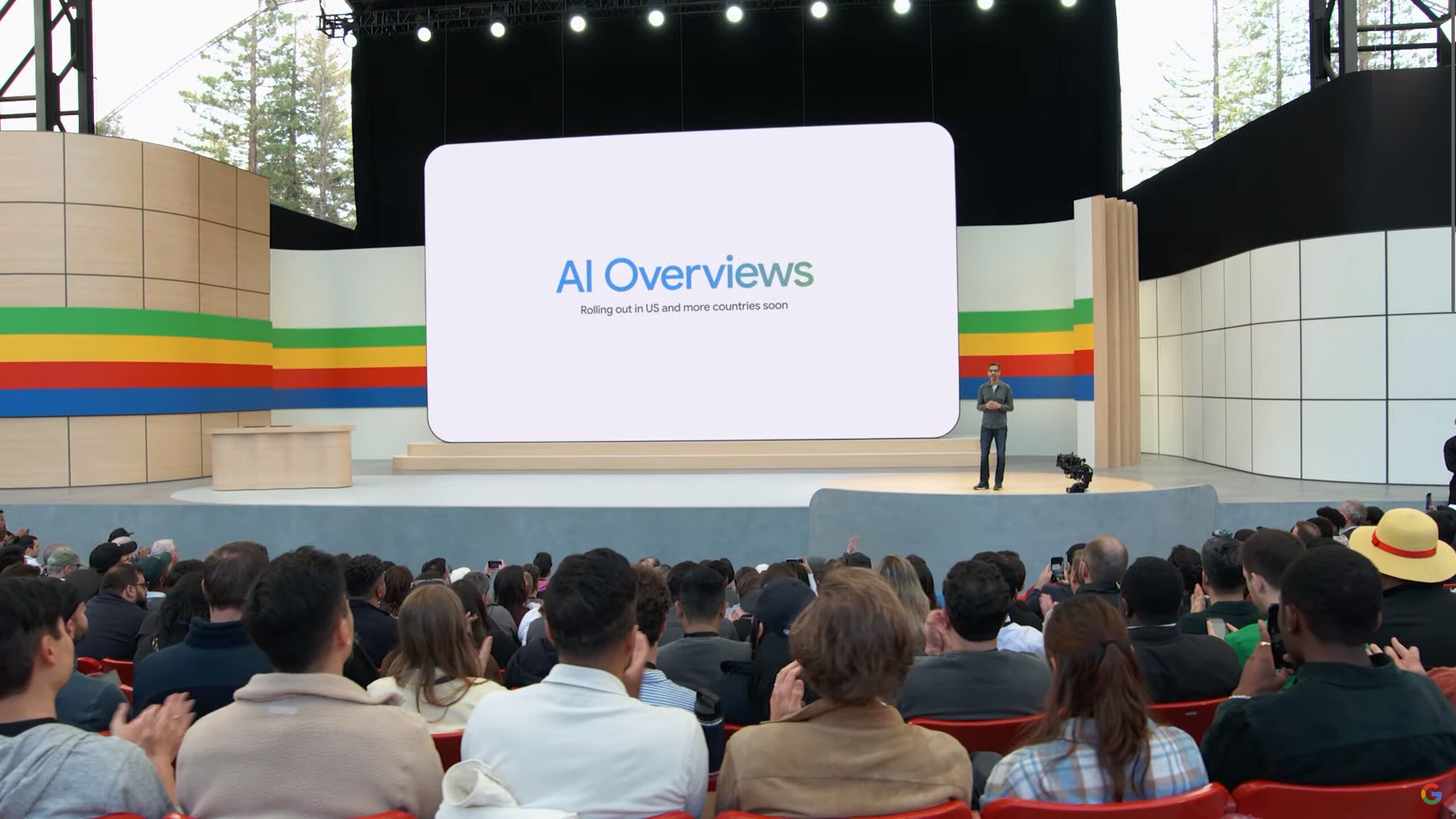



















![At Least Three iPhone 17 Models to Feature 12GB RAM [Kuo]](https://www.iclarified.com/images/news/97122/97122/97122-640.jpg)

![Dummy Models Showcase 'Unbelievably' Thin iPhone 17 Air Design [Images]](https://www.iclarified.com/images/news/97114/97114/97114-640.jpg)
































































































































![C# ve .NET [8]](https://media2.dev.to/dynamic/image/width%3D1000,height%3D500,fit%3Dcover,gravity%3Dauto,format%3Dauto/https:%2F%2Fdev-to-uploads.s3.amazonaws.com%2Fuploads%2Farticles%2Few01440u0owlnumtfsm7.png)
